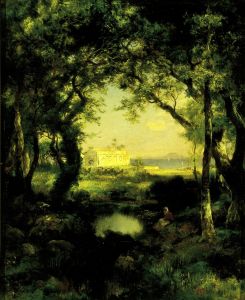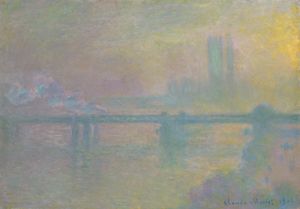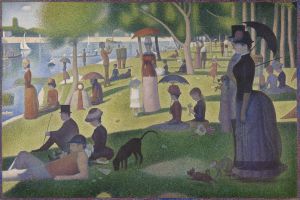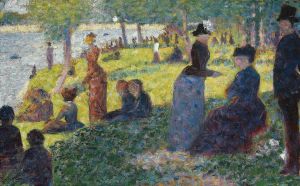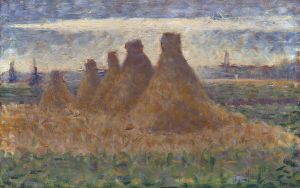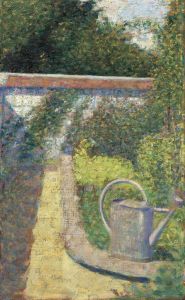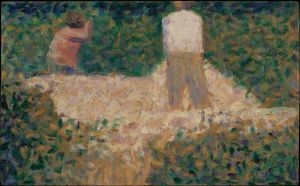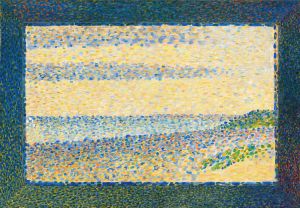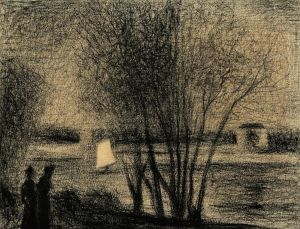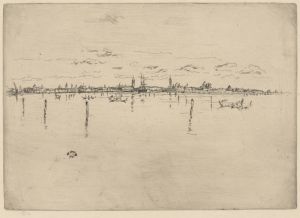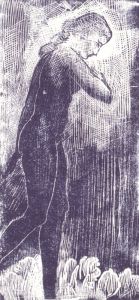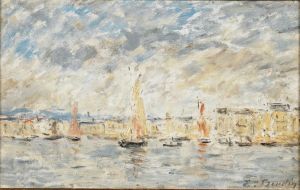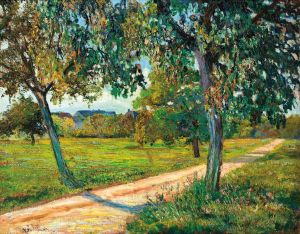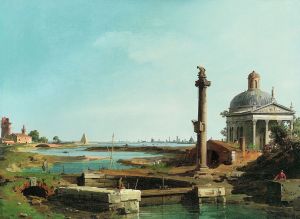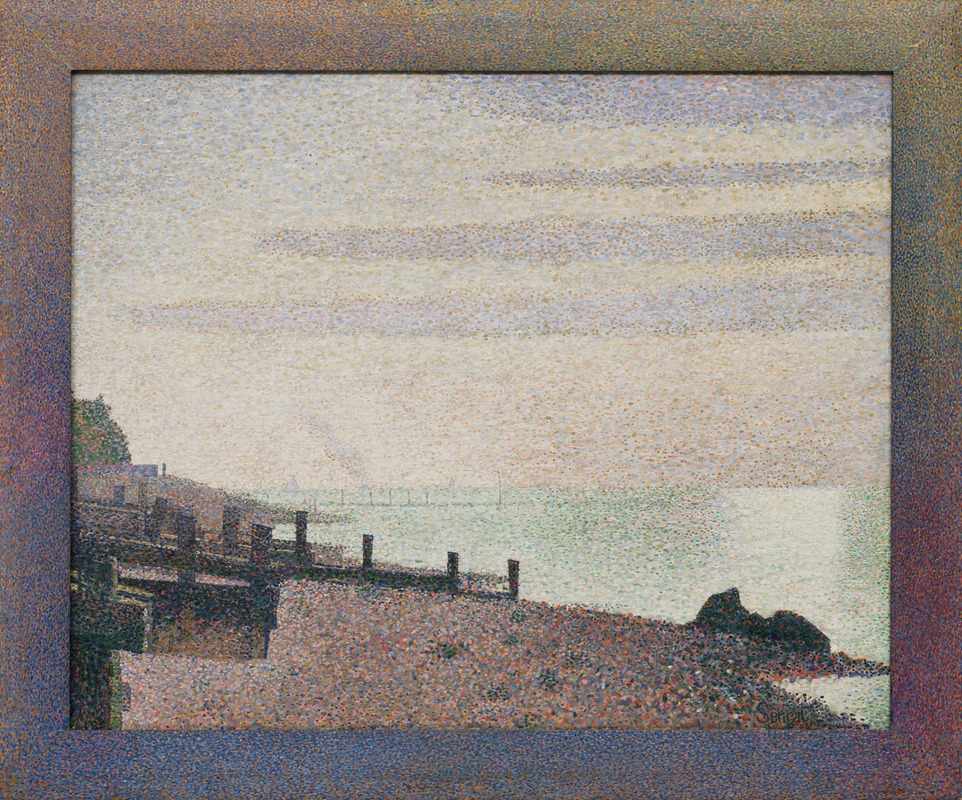
Evening, Honfleur
A hand-painted replica of Georges Seurat’s masterpiece Evening, Honfleur, meticulously crafted by professional artists to capture the true essence of the original. Each piece is created with museum-quality canvas and rare mineral pigments, carefully painted by experienced artists with delicate brushstrokes and rich, layered colors to perfectly recreate the texture of the original artwork. Unlike machine-printed reproductions, this hand-painted version brings the painting to life, infused with the artist’s emotions and skill in every stroke. Whether for personal collection or home decoration, it instantly elevates the artistic atmosphere of any space.
"Evening, Honfleur" is a painting by the French artist Georges Seurat, known for his pioneering techniques in the post-impressionist movement. Seurat, born on December 2, 1859, in Paris, France, is best recognized for developing the technique known as pointillism, a method of painting in which small, distinct dots of color are applied in patterns to form an image. This technique is a branch of the broader movement of Neo-Impressionism, which Seurat helped to establish.
"Evening, Honfleur" was painted in 1886, during a period when Seurat was deeply engaged in exploring the effects of light and color. The painting depicts a tranquil scene in the port town of Honfleur, located in the Normandy region of France. Honfleur was a popular destination for artists in the 19th century due to its picturesque landscapes and unique lighting conditions, which were influenced by its proximity to the Seine River and the English Channel.
In "Evening, Honfleur," Seurat captures the serene atmosphere of the town as the day transitions into night. The painting is characterized by its use of pointillism, with Seurat meticulously applying small dots of color to create a harmonious blend of hues that evoke the soft, fading light of evening. The composition is carefully structured, with a focus on the interplay between light and shadow, which was a central concern in Seurat's work.
The painting reflects Seurat's interest in the scientific study of color and light, influenced by contemporary theories of optics and color perception. Seurat was particularly inspired by the work of Michel Eugène Chevreul, a chemist whose research on color contrast and harmony informed Seurat's approach to painting. By using pointillism, Seurat aimed to achieve a greater luminosity and vibrancy in his work, believing that the viewer's eye would blend the individual dots of color to create a more dynamic and cohesive image.
"Evening, Honfleur" is part of Seurat's broader exploration of landscapes and urban scenes, which he approached with the same meticulous attention to detail and innovative techniques. This painting, like many of Seurat's works, reflects his commitment to capturing the essence of a moment through a scientific and methodical approach to art.
Seurat's work, including "Evening, Honfleur," had a significant impact on the development of modern art, influencing a range of artists and movements that followed. His innovative techniques and dedication to exploring the interplay of color and light paved the way for future developments in abstract and modern art.
Today, "Evening, Honfleur" is appreciated not only for its technical brilliance but also for its ability to convey the tranquil beauty of a fleeting moment. It stands as a testament to Seurat's legacy as a master of pointillism and a key figure in the transition from Impressionism to the more structured and scientific approaches of Neo-Impressionism.





